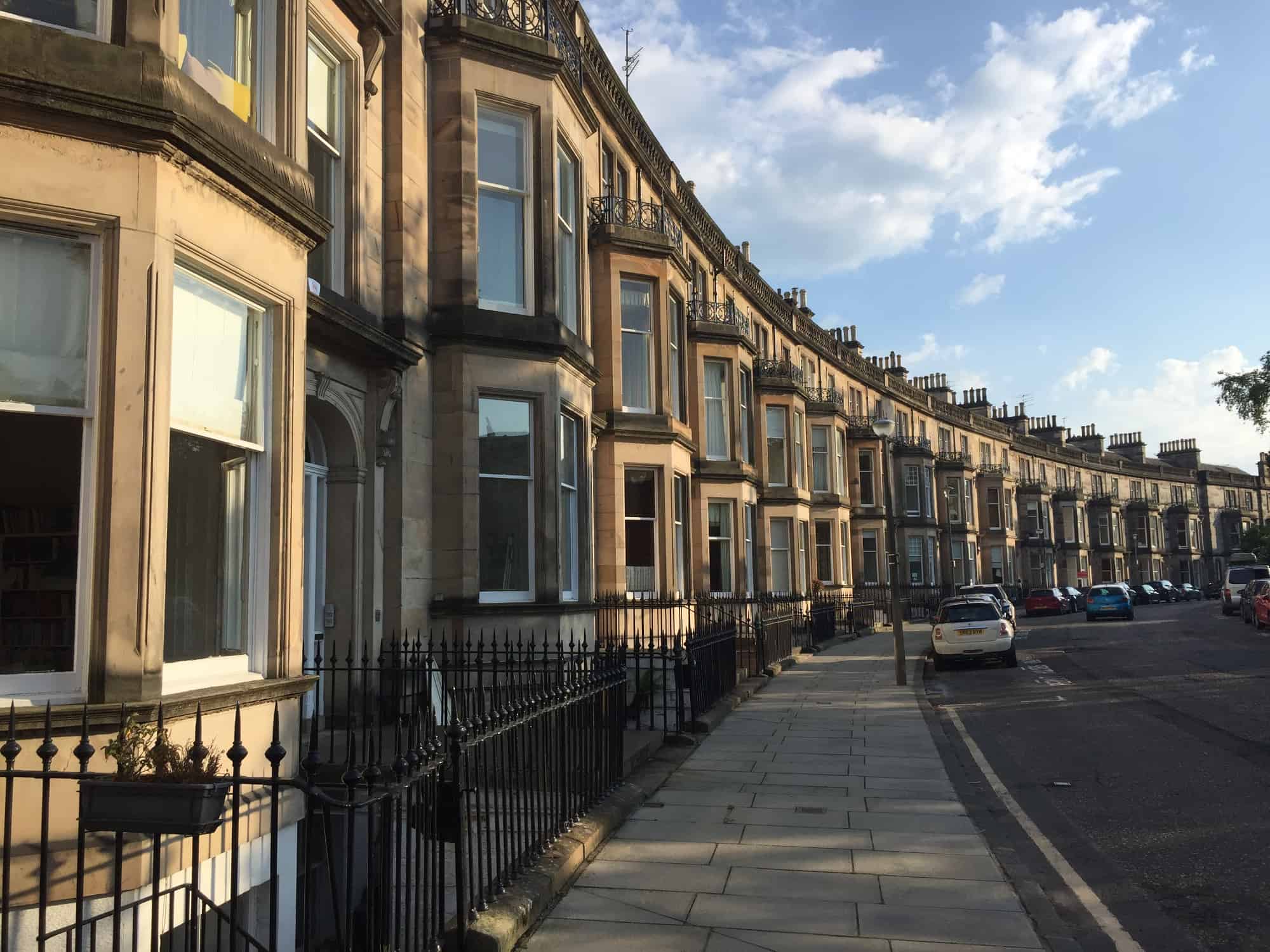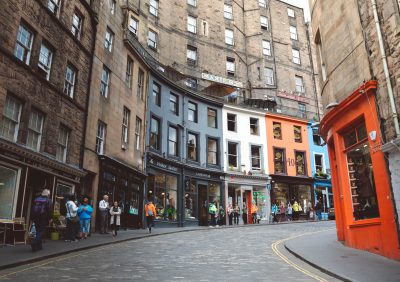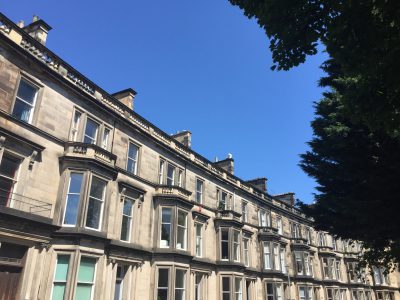Since the reopening of the Scottish property market on 29th June 2020, there’s been a surge in activity in Edinburgh, the Lothians, Fife and the Borders.
The lockdown restrictions prevented homes from coming to market during the historically busy spring months, so when the restrictions were lifted, a sharp rise of 48.2% in the number of homes for sale was recorded from 1st July to 30th September 2020 compared to the same period last year. The capital city saw a 55.9% increase in the number of homes coming to market in the first quarter since lockdown restrictions eased.
At the same time, delays in the mortgage and sales processes caused by the increased market activity after lockdown, appeared to have an adverse effect on sales volume which was down 32.3% over the past three months. However, there’s been a year-on-year (YOY) uplift in the number of homes marketed under offer from July to September, which indicates that agents and sellers have confidence in the market. 88.1% of homes brought to market were placed under offer in the last three months compared to 80.7% last year.
Notable increases in selling prices in certain areas
The average selling price in Edinburgh, the Lothians, Fife and the Borders rose over the July-September period by 5.2% YOY to stand at £266,149. This is an increase from £240,689 in the first quarter of 2020.
Homes in the Borders and East Lothian recorded the highest increases in the average selling price, up 16.2% and 15.4% YOY respectively, followed by properties in West Fife & Kinross up 8.8% and Midlothian up 7.9%. Edinburgh properties saw a 3% YOY rise in the average selling price to £283,453.
Properties in Edinburgh, the Lothians, Fife and the Borders achieved on average 103.6% of Home Report valuation compared to 103.2% last year, with as many as 83.6% of homes in these areas sold for at least Home Report valuation, an increase from 77.7% on last year.
The median selling time of properties in Edinburgh, the Lothians, Fife and the Borders remained unchanged on last year at 21 days. The greatest reduction in selling time saw properties in West Fife & Kinross, from 27 days last year to 21. In Edinburgh, the selling time was 19 days, same as last year.
Top selling property types
Three bedroom houses in Dunfermline, followed by two bedroom flats in Leith and one bedroom flats in Leith, were top selling properties in terms of volume between July and September. Those areas also experienced the highest number of new homes coming to market during this period.
The last three months have also seen a 221.1% YOY increase in viewing requests that can be partially attributed to the change in approach to viewings. Home Report downloads were also up by 60.9%, as well as valuation requests, up 89.9%.
Paul Hilton, CEO of ESPC, said: “It’s been three months since restrictions were relaxed on the Scottish property market, and it’s fair to say activity has surged during that time. There has been a significant uplift in the number of homes coming to market while ESPC agents have reported being exceptionally busy with enquiries from buyers and sellers.
“Properties are selling well, with the average selling price up compared to last year and the first quarter of 2020. The increases in average selling price are particularly notable in the Scottish Borders and East Lothian.
“The sales volume over the last quarter is down compared to last year. However, that appears to be to do with the sales and mortgage process taking longer than usual due to high volumes, as we are seeing an increase in the number of homes placed under offer year-on-year.
“Some of the online figures we monitor to gauge buyer and seller engagement are still significantly up compared to last year, which suggests that strong interest in buying and selling remains.
“October brings the end of the furlough scheme and the First Home Fund is also closing to applications for this year, although it will be reopened next year. The First Home Fund has been useful for many first time buyers who might have struggled to save enough for the higher deposits currently required by lenders. This could therefore impact the demand levels for property, resulting in a drop in activity.
“However, based on the high levels of activity we have seen in recent months and what’s happened in the past, the Edinburgh and wider Scottish property market appears in a relatively stable position to tackle the economic uncertainties of the next quarter.”
Please note that above data comes from ESPC’s first House Price Report since March, and due to delays in the mortgage and sales processes, the report does not include house price data on all individual property types at this time.











